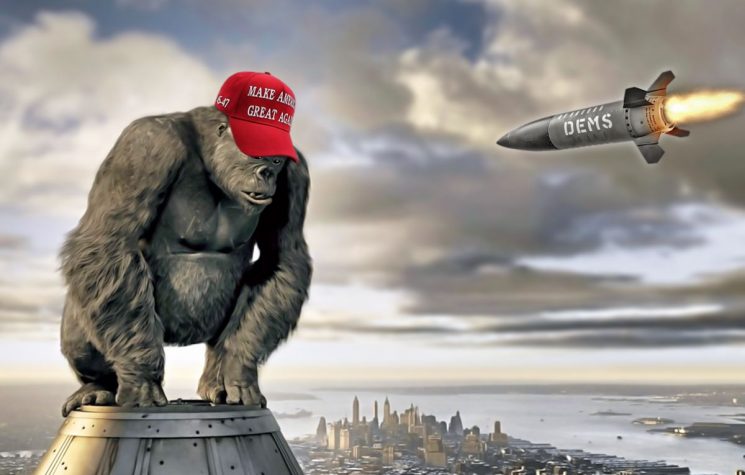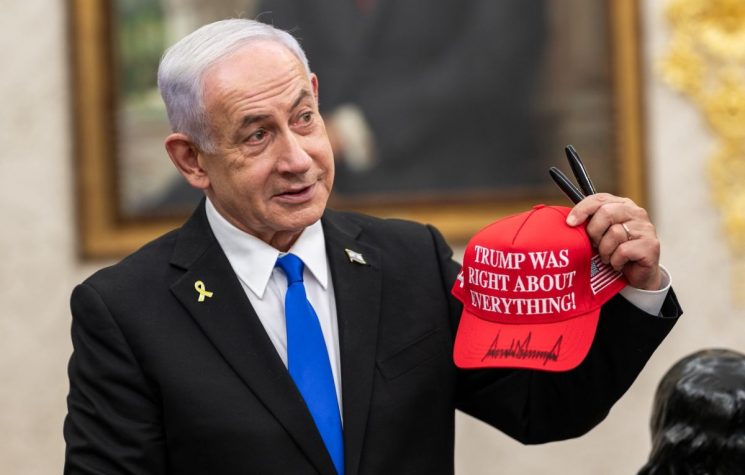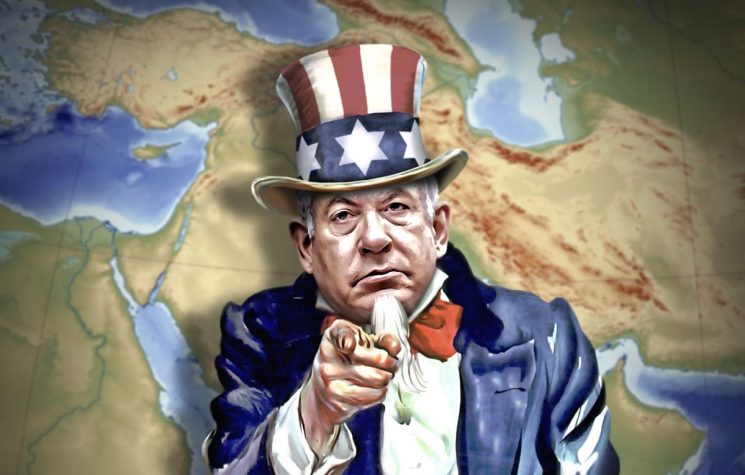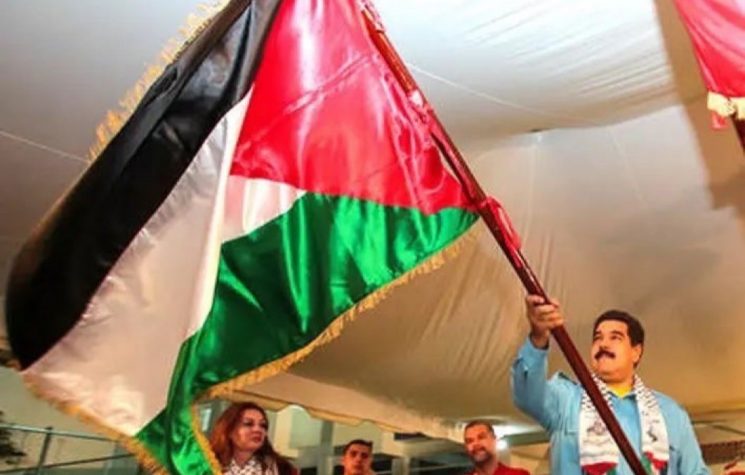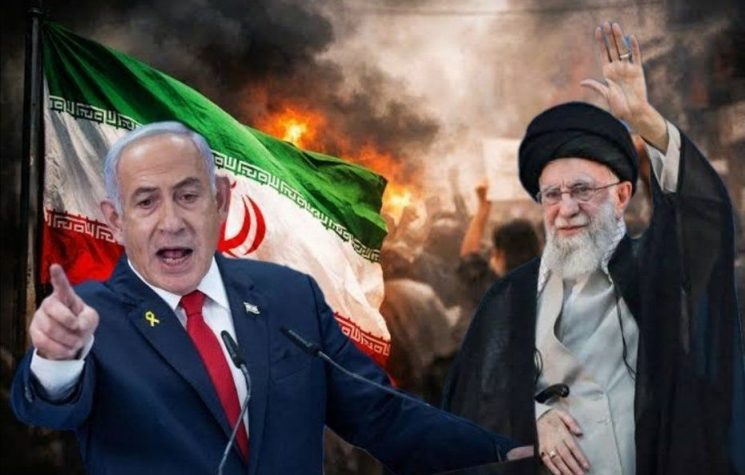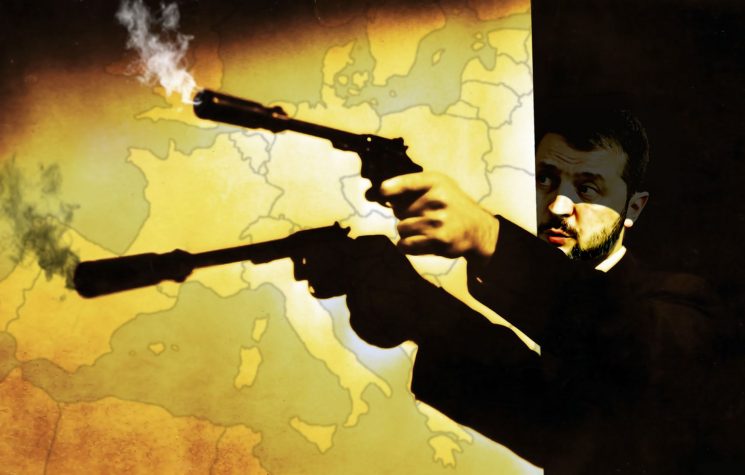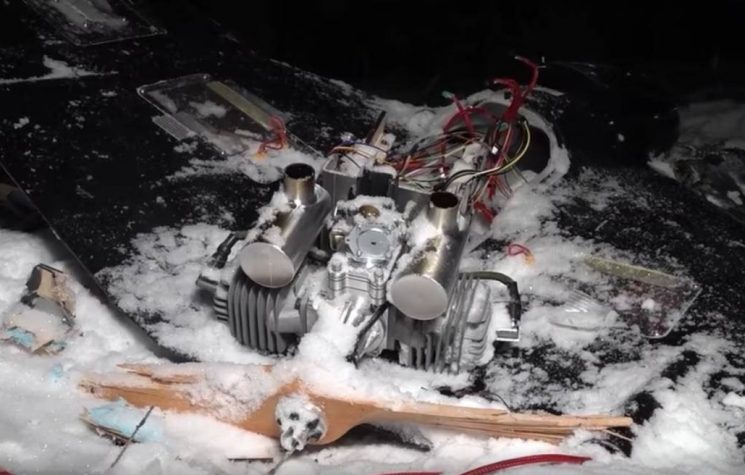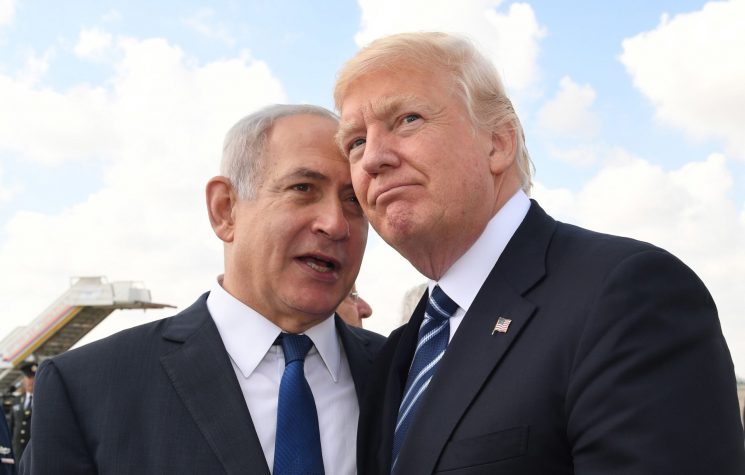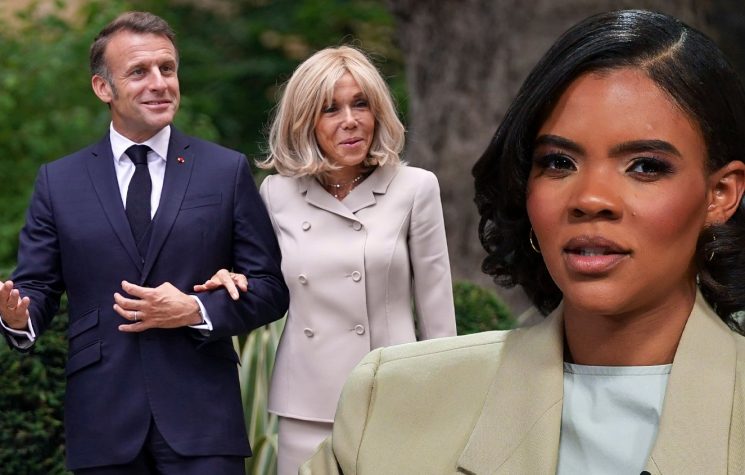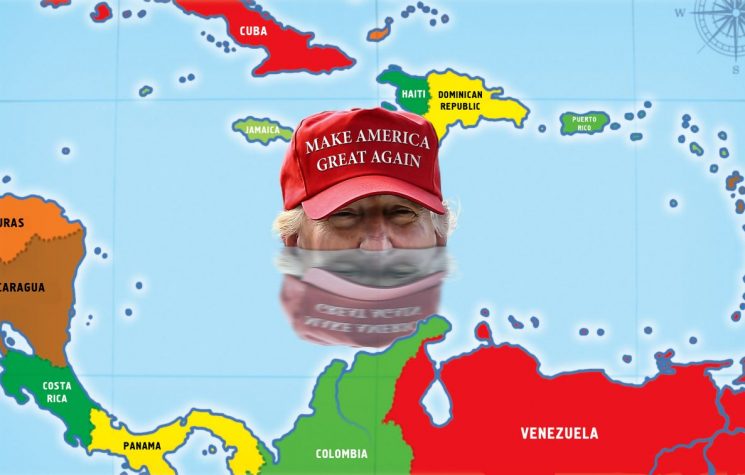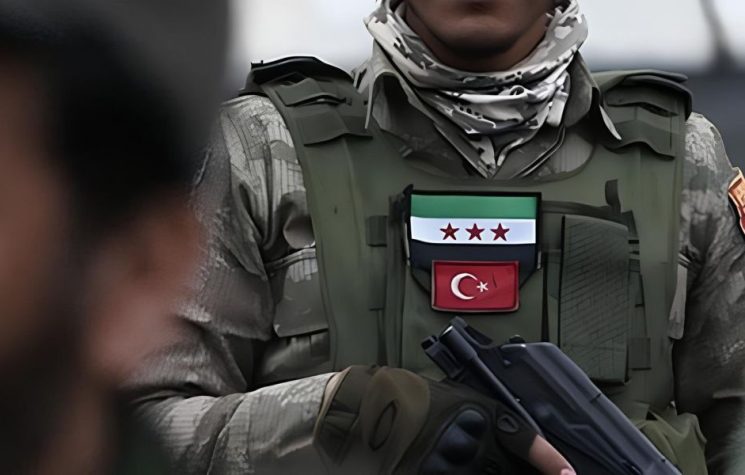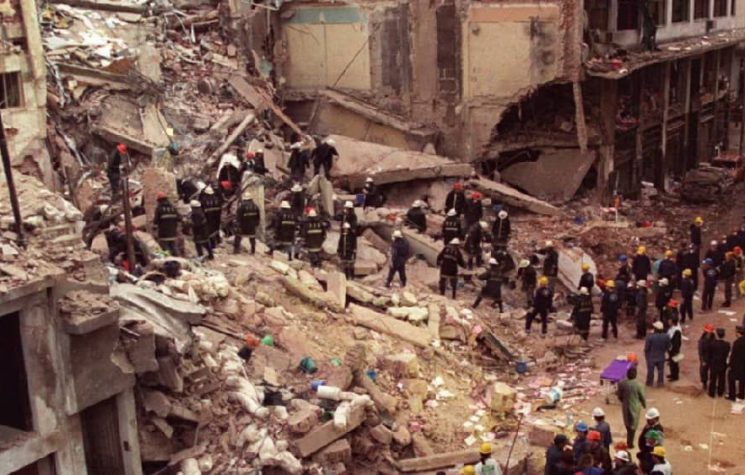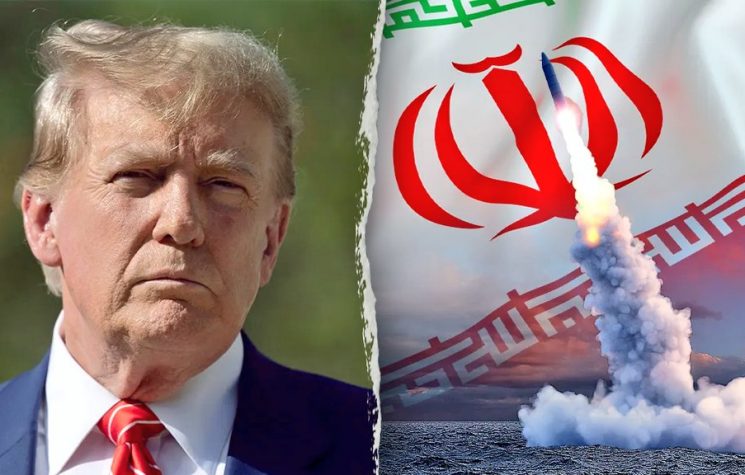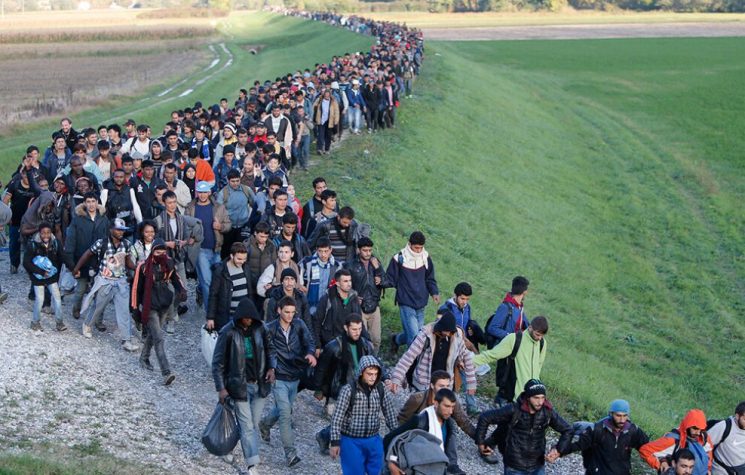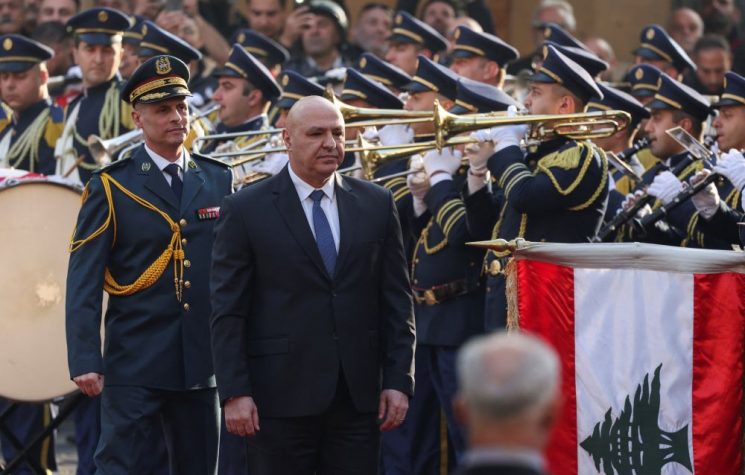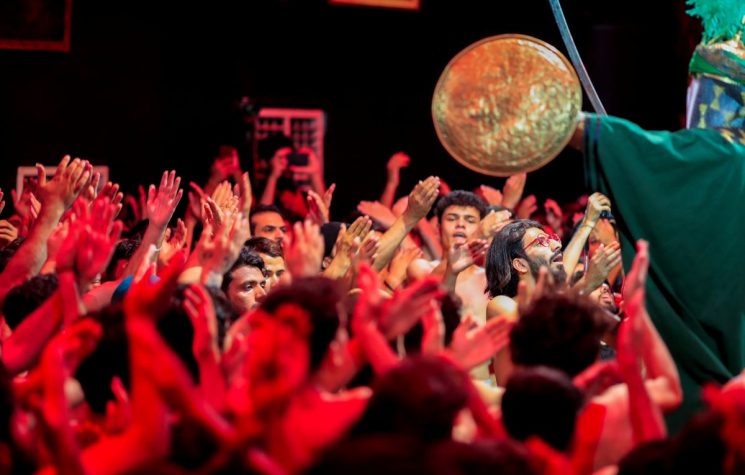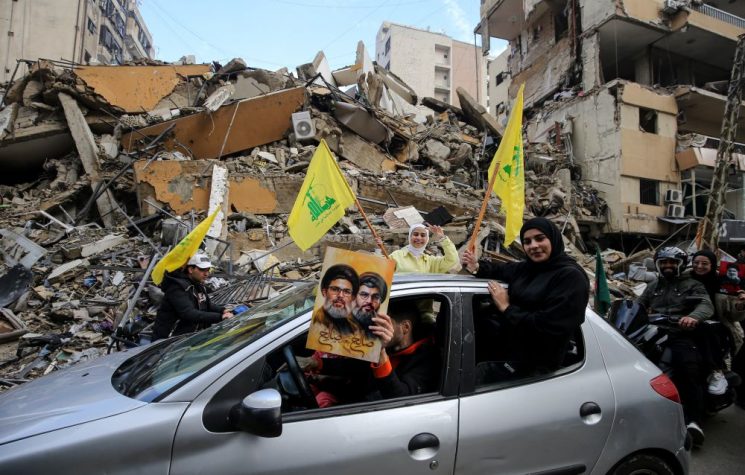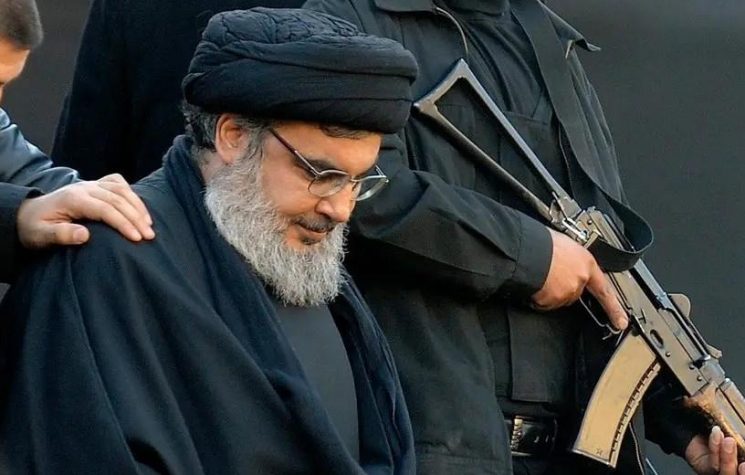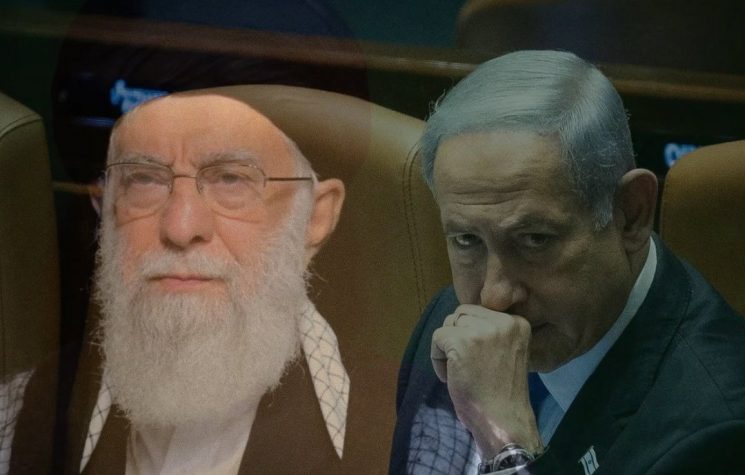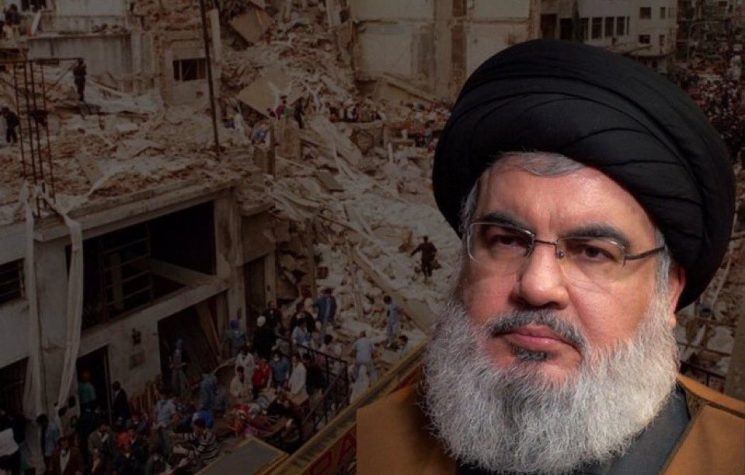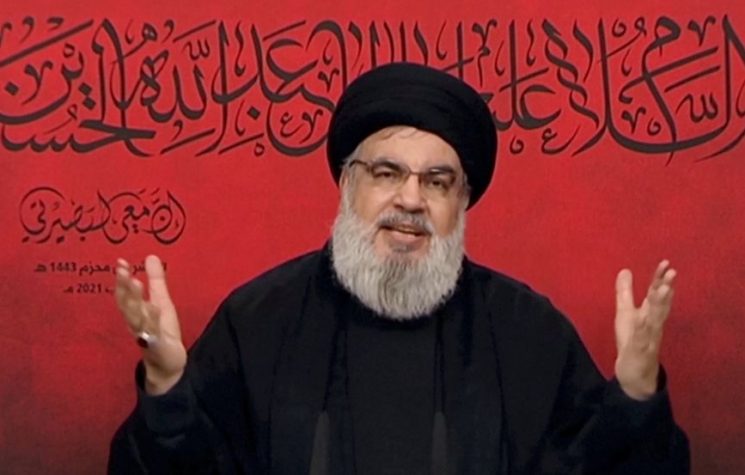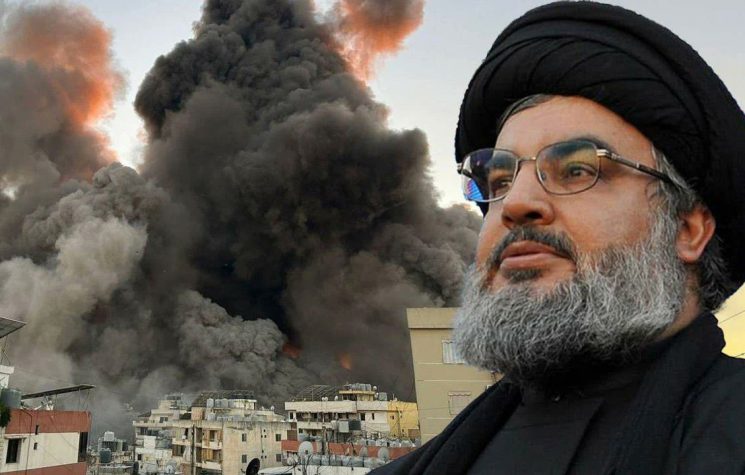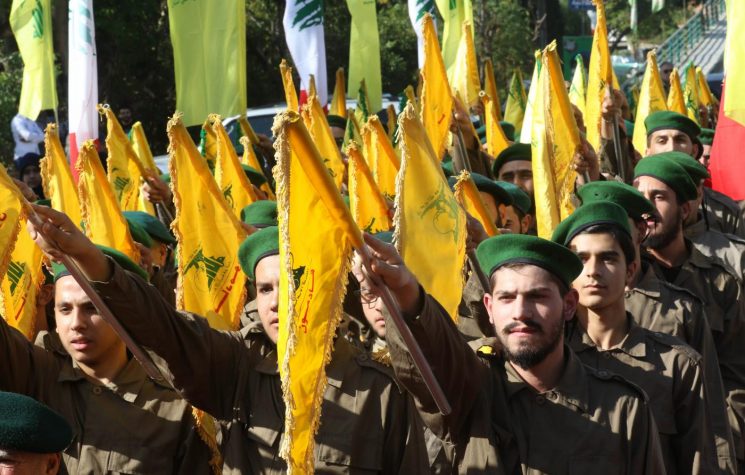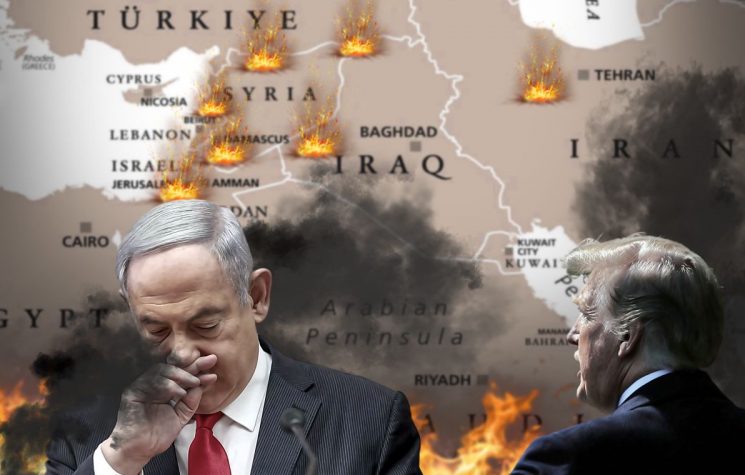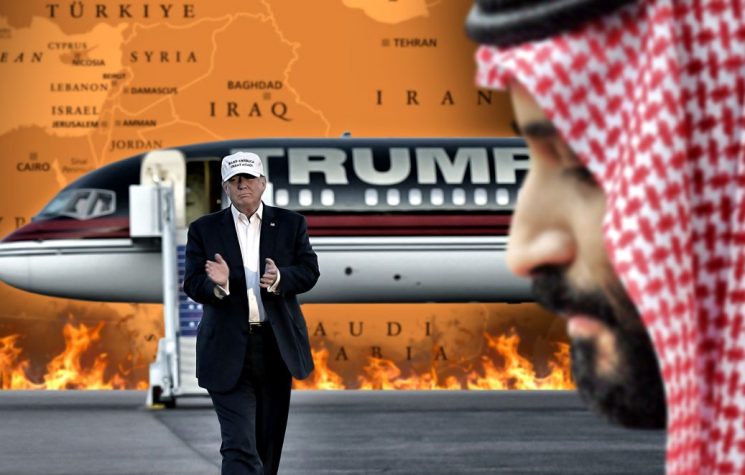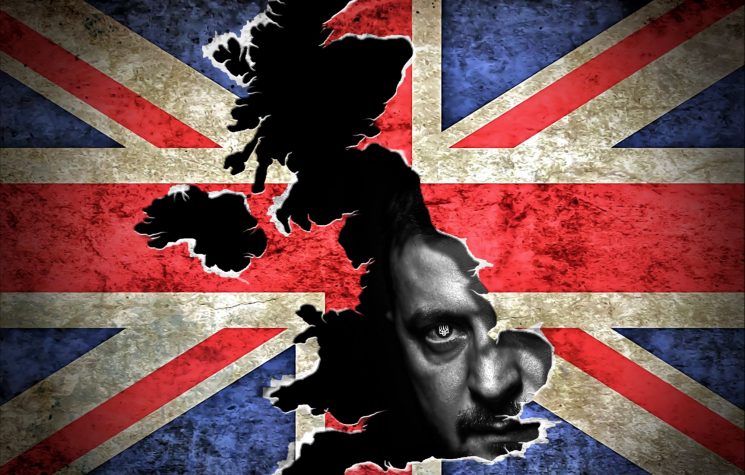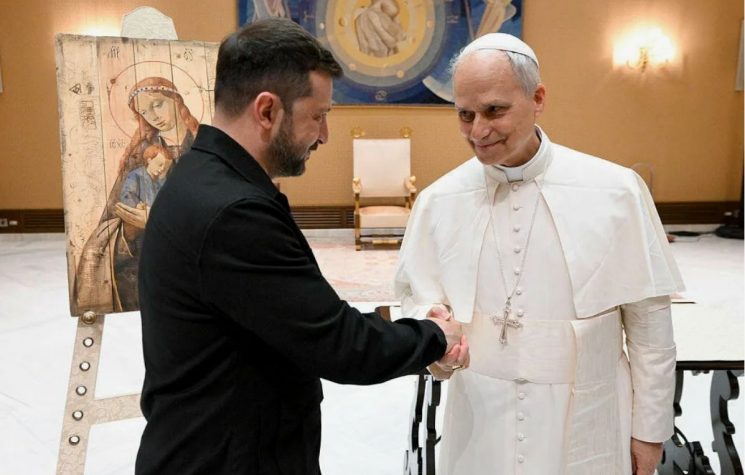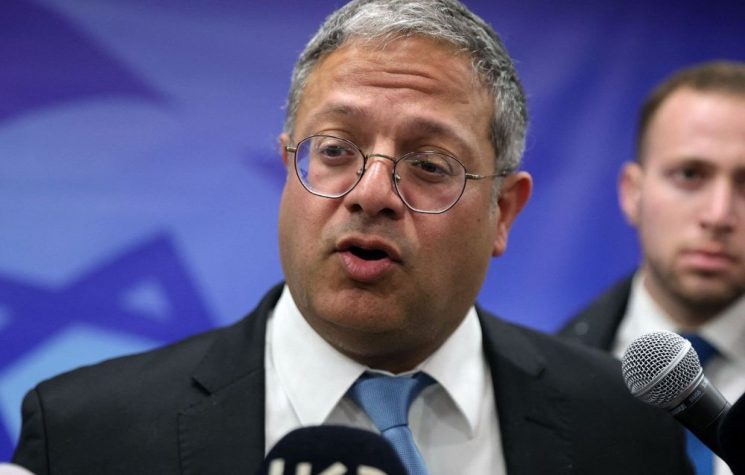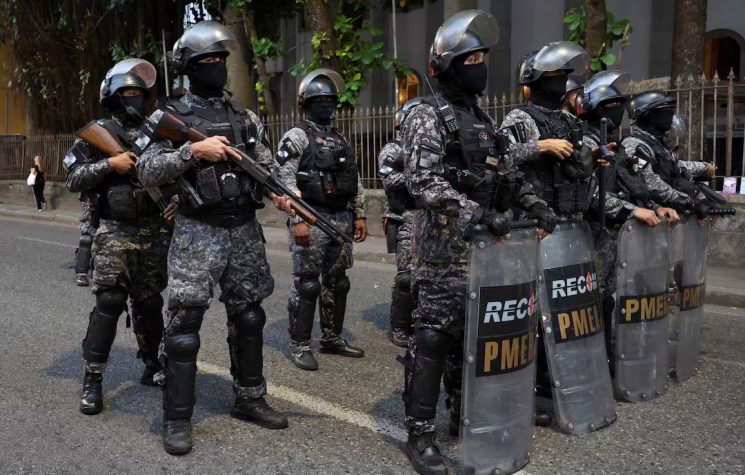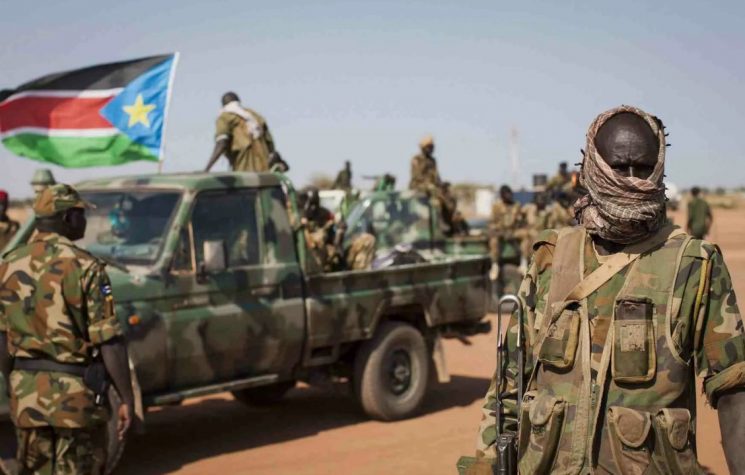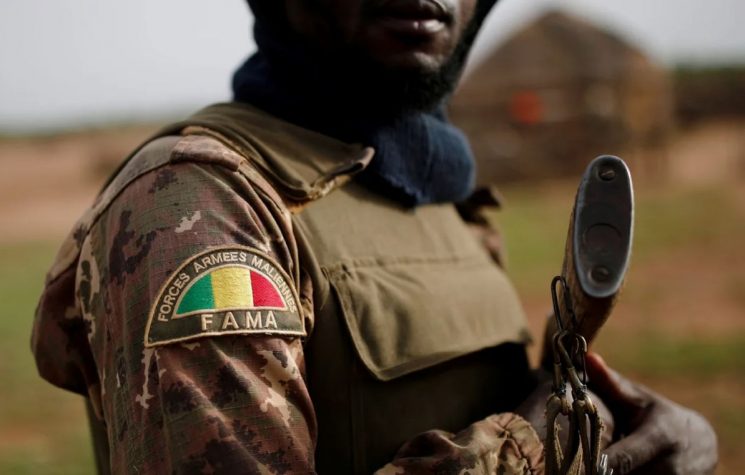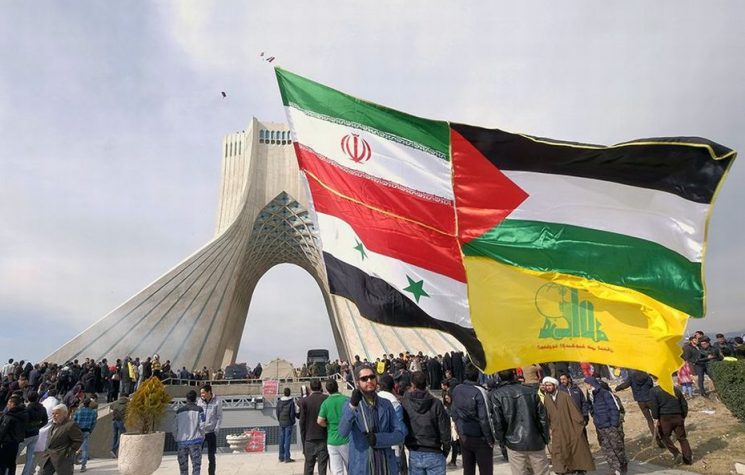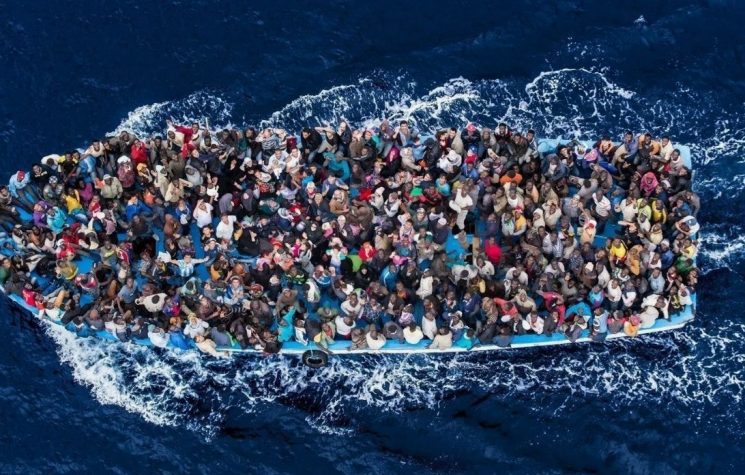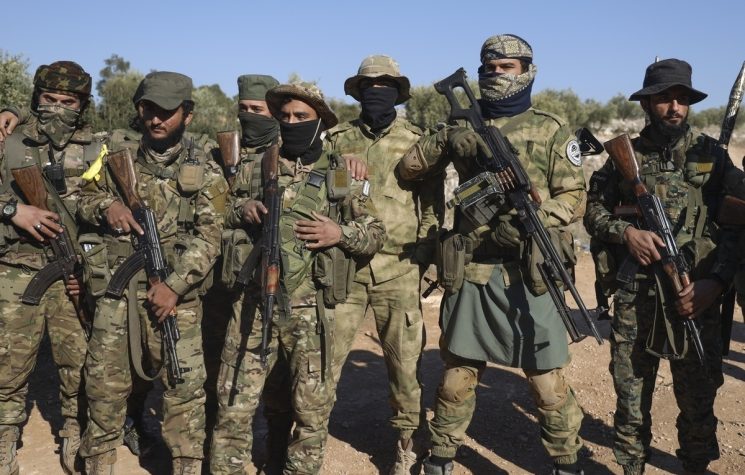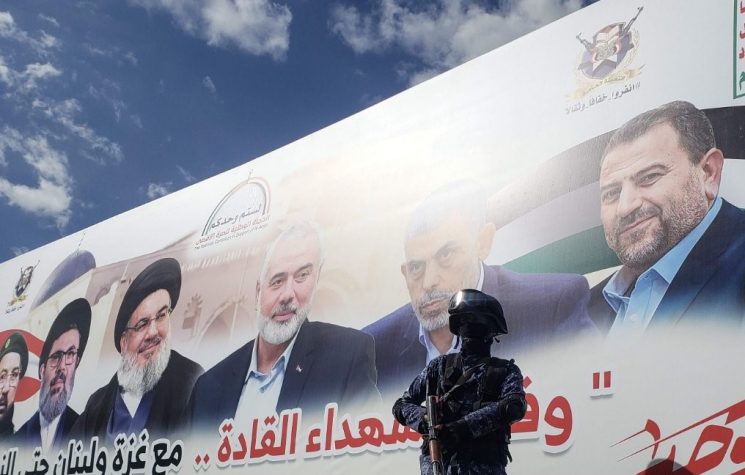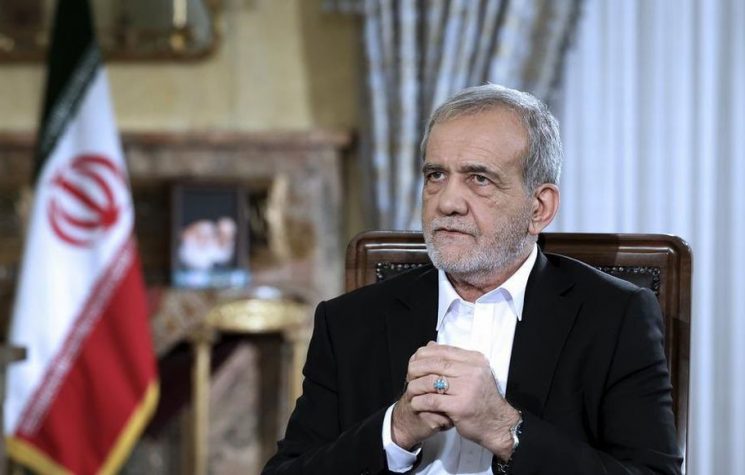From his hotel room, Netanyahu gave the cold-blooded order to kill Nasrallah once he completed his treacherous act at the United Nations rejecting the putative ceasefire.
Contact us: info@strategic-culture.su
When Israeli warplanes dropped 80 tonnes of bunker-buster bombs on Hezbollah’s underground headquarters to kill the Lebanese militia supremo Hassan Nasrallah and several other top commanders it was the result of a carefully laid plan.
The scores of bombs hit several high-rise buildings in south Beirut in rapid sequence to drill down the layers of earth 30-50 meters below the ground to kill the assembled Hezbollah leaders.
The squadron of warplanes was primed to go on their deadly mission by Israeli leader Benjamin Netanyahu in a phone call sanctioning the assassination. Netanyahu made the call to his cabinet in Tel Aviv from his New York hotel on Friday morning of September 27.
After the phone call, Netanyahu proceeded to the United Nations building for its 79th general assembly where he delivered a stock-in-trade warmongering speech declaring that Israel would defeat Hezbollah. Many delegates in the assembly walked out in disgust and protest over Netanyahu’s self-righteous bombast.
Later, while Netanyahu was talking to journalists after his barnstorming address, reports started coming through of an extraordinary, massive air strike in Beirut. The local time was shortly after sunset in Beirut at about 6 pm. Hours later it emerged that Nasrallah and his senior Hezbollah associates, including Iranian military general Abbas Nilforoush, were dead.
Netanyahu wrapped up his press conference in New York and flew straight back to Tel Aviv. For Netanyahu and his cabinet, the killing of Nasrallah was the pinnacle of success. For nearly 40 years, the Israelis had wanted the Hezbollah mentor and strategist dead. Now they had got their prize. It was achieved with consummate deception, which must greatly add to the Israeli sense of satisfaction.
Of course, Nasrallah’s movements had always been a matter of the strictest security. He was said to have constantly moved around between secret locations. He knew that he was a prime target for assassination and in a city like Beirut rife with Mossad and CIA spies the precautions would have been even more accentuated.
So why did Nasrallah and the top echelon of Hezbollah gather in the underground headquarters at that time? It seems they were lured by an elaborate trap that, unfortunately, the U.S. and French leaders had lent credibility to. The latter probably did not realize what the Israeli ruse was about.
Nasrallah and his cohorts were gathered to watch Netanyahu’s televised address to the UN which was scheduled for around 11 am in New York, or 6 pm in Beirut. The Hezbollah leaders were expecting to hear the Israeli prime minister confirm the acceptance of a ceasefire proposal that was being mediated by the United States and France only days beforehand. Instead, the Hezbollah commanders were wrong-footed by Netanyahu who – to their surprise – at the UN podium declared that Israel was going to fight on to destroy Hezbollah.
Two days before that, on September 25, at the opening of the UN General Assembly, U.S. President Joe Biden and his French counterpart Emmanuel Macron made a joint statement proposing a ceasefire to avoid escalation of the conflict that had flared up in Lebanon the week before. The Americans and French also got other Arab states to endorse the initiative, including the Lebanese government.
Lebanon’s Foreign Minister Abdallah Bou Habib later told CNN that the truce plan had been accepted by Nasrallah and Netanyahu.
Netanyahu was not scheduled to attend this year’s UN summit in New York. When he made his surprise visit, arriving on Thursday, September 26, there was an expectation that he was coming to give his assent to the U.S.-French ceasefire plan.
But by the time he got to New York on Thursday evening, the Israeli leader seemed to backtrack by rebuffing reporters’ questions on the possible breakthrough. More sinisterly, on the plane over to the U.S., Netanyahu reportedly gave the darkest of hints about his real intentions. Asked about Israel’s plans for dealing with Nasrallah, he said: “If Hezbollah does not get the message we have conveyed in the past week [of heavily bombing Lebanon], including the elimination of senior figures, it’ll understand in a different way.”
The Israeli prime minister’s press aides were telling the media that Netanyahu had never given his agreement to the U.S.-French ceasefire plan. But that does not seem plausible. Both the White House and French officials were expressing their dismay over what had been a carefully worked out deal that, they said, had Netanyahu’s approval. It seems unlikely that Biden and Macron would have personally pushed the initiative if they didn’t think Netanyahu and Nasrallah were both on board.
Netanyahu’s arrival in New York was supposed to herald confirmation of a truce and potentially a wider peace deal to end the appalling year-long violence in Gaza. Instead, however, when the Israeli leader stood before the United Nations assembly at around 11 am on Friday, he delivered a full-on war declaration. And as he was speaking, the Israeli warplanes were on their way to Beirut. This was not the script that the Americans, French, the Lebanese, and other Arab governments had anticipated. Nor Hezbollah.
By that time, Nasrallah and the rest of the Hezbollah leadership would have realized that the ceasefire plan they thought they had agreed to along with the Israelis was nothing but a disappointing dead-end. In the ensuing minutes, when the first thunderous explosions began erupting above their heads, they must have realized an even worse fate: they had been set up in a deadly trap. They had only seconds to live.
It is plausible that the high-level involvement of the American and French leaders and their diplomatic assurances through Lebanese government mediators that Netanyahu was apparently agreeable probably caused the Hezbollah leaders to lower their guard. They thought that it was safe to gather in Beirut at the Hezbollah HQ for what they believed was to be the witnessing of a momentous speech by Netanyahu agreeing to a truce.
In spy-infested Beirut, a motorcade arriving at the Hezbollah HQ to listen to Netanyahu’s UN address would have been easily spotted. There may have even been betrayal within Nasrallah’s ranks by an Israeli mole to confirm the special gathering was taking place.
Netanyahu received the confirmation of Nasrallah’s meeting place during the phone call to his New York hotel on the Friday morning of September 27. Then it was a go. The trap was set and Hezbollah had taken the bait. From his hotel room, Netanyahu then gave the cold-blooded order to kill Nasrallah once he completed his treacherous act at the United Nations rejecting the putative ceasefire.










